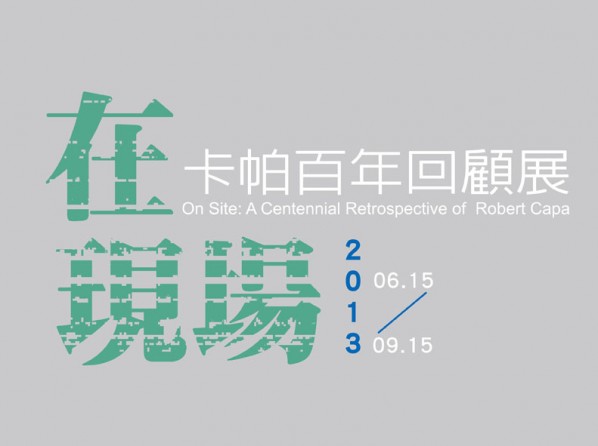
Not only is Robert Capa one of the most iconic photographers of the 20th century, he is also an important founder of the genre of contemporary documentary photography. Born between the two world wars, Capa is revered by Time Magazine as the “photojournalist who set the prevailing standard for war photographers”, and Michael Kimmelman, New York based art critic, has also commented, "His images have passed from news into the vague category of art." Willis E. Hartshorn, the former director of the International Center of Photography, has also praised Capa as someone who defined the possibility of photography.Capa’s photographs embody the most unsettling segment of modern history, covering the start of World War II with the Spanish Civil War and the Chinese resistance to Japan invasion, to the height of the war with Operation Husky and the Normandy landings and leading to the post-war founding of Israel and the Indochina War. Capa was a witness of history, which he documented by being personally present. However, in addition to his mission with photojournalism, Capa’s humanitarian concerns and his focus on human nature’s nobility even in times of war have allowed him to capture transient emotions, such as a sense of hope in a child’s innocent face, transnational help between soldiers and civilians, and ordinary people’s struggles for survival. Undoubtedly, Capa’s works have become an important visual file for human civilization.

Photographer Robert Capa in gear, preparing to jump in with the troops in WW2, 1945
Capa was born into a Jewish family in Budapest, Hungary, and was originally named Endre Friedmann. Involvements in leftist political activities led him into exile from his native Hungary. Capa later found work in the dark room developing photographs, which introduced him to the art form and a career as a photojournalist. He met Gerda Taro in 1934, and adopted the name "Robert Capa". He used the name of this fictional "American" photographer to take on cases and publish works, and over a period of time, he gradually assumed the persona of Robert Capa. He then got involved in several critical wars prior and following World War II and traveled to the four continents of Europe, America, Asia, and Africa. Some of Capa’s iconic pieces include The Falling Soldier and a series of images captured on D-Day, the invasion of Normandy during World War II. Capa died from a landmine explosion in 1954, while he was on assignment in Southeast Asia shooting the Indochina War.
The one hundred photographs by Capa on exhibit at this time, under the aforementioned conceptual framework, the selections and studies that comprise of On Site: A Centennial Retrospective of Robert Capa are based on the following four sections: Focal Incidents: the Spanish Civil War and the War of Resistance Against Japan; History Witnessed: World War II, Post and Prior; Origins of Introspection: the Founding of Israel and the Indochina War; Life in Retrospect: Capa and his Cultural Sphere. If we were to visualize the memories we hold for World War II, Robert Capa’s (1913-1954) photographs would certainly represent a majority of our visualization process. In other words, Capa’s photographs have become one of the irreplaceable vernaculars for narrating wars through contemporary images. The exhibition attempts to trace the path of Capa’s documentary journeys and, through the historical conditions he captured, focus on the micro individual situations presented before the photographer and his lens and to spur forward interactions incited by Capa’s life’s experiences and many of his iconic and well circulated photographic works. The exhibition intends to analyze the sense of will he projected behind his images, to extend the discussion to the act of viewing itself, and to incite more discussions and critical thinking with the audience.
About the exhibition
Exhibition Dates: 2013/06/15 ~ 2013/09/15
Place: B1 Gallery
Supervisor: Ministry of Culture, Taiwan
Organizers: National Taiwan Museum of Fine Arts ; Taiwan Soka Association
Special Partnership: Tokyo Fuji Art Museum
Curator: HSU Fang-tze
Courtesy of Taiwan Museum of Fine Arts, for further information please visit www.ntmofa.gov.tw.




























